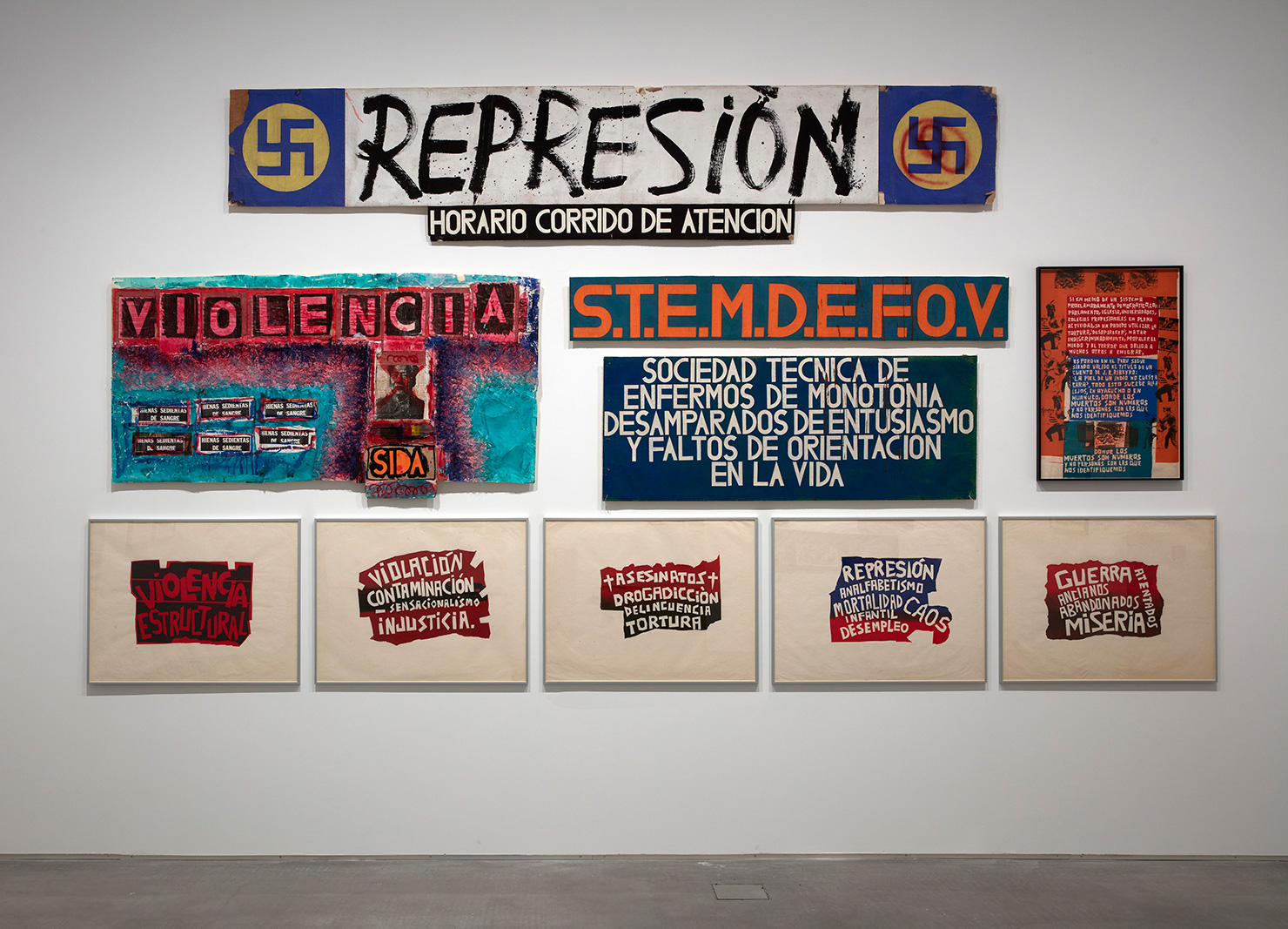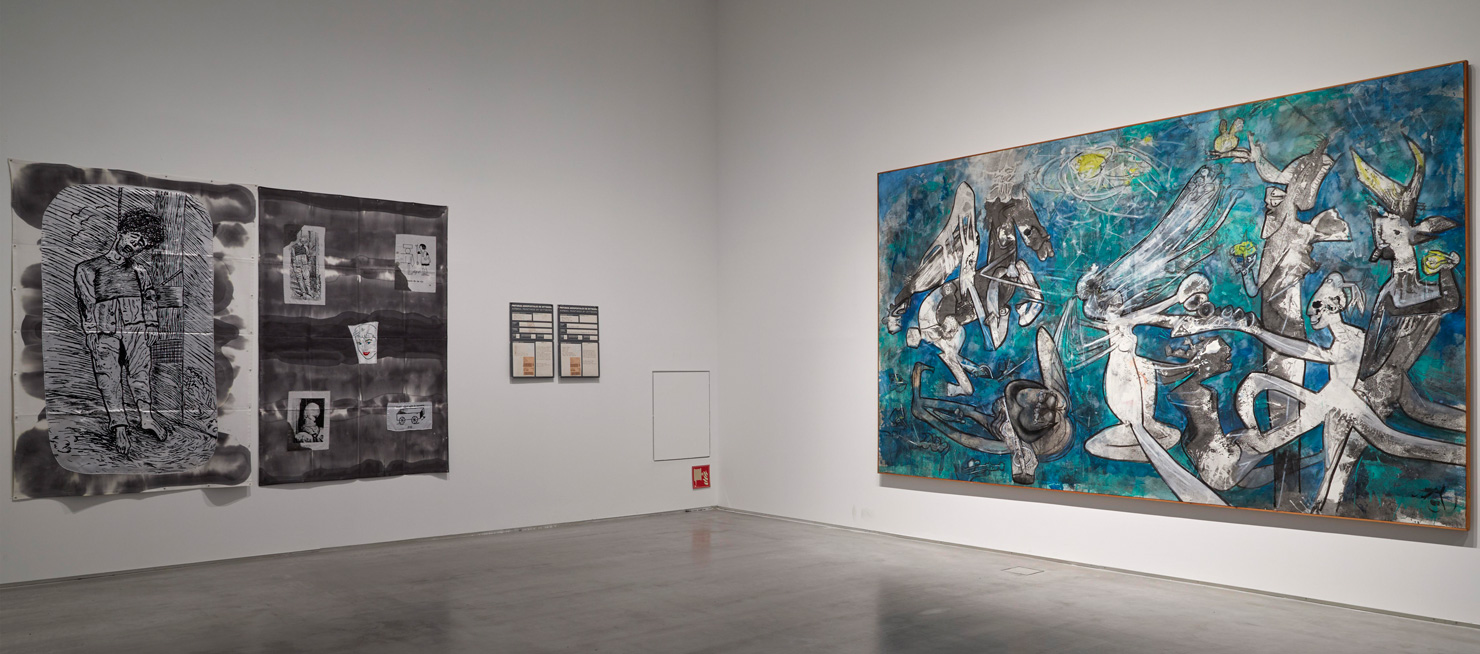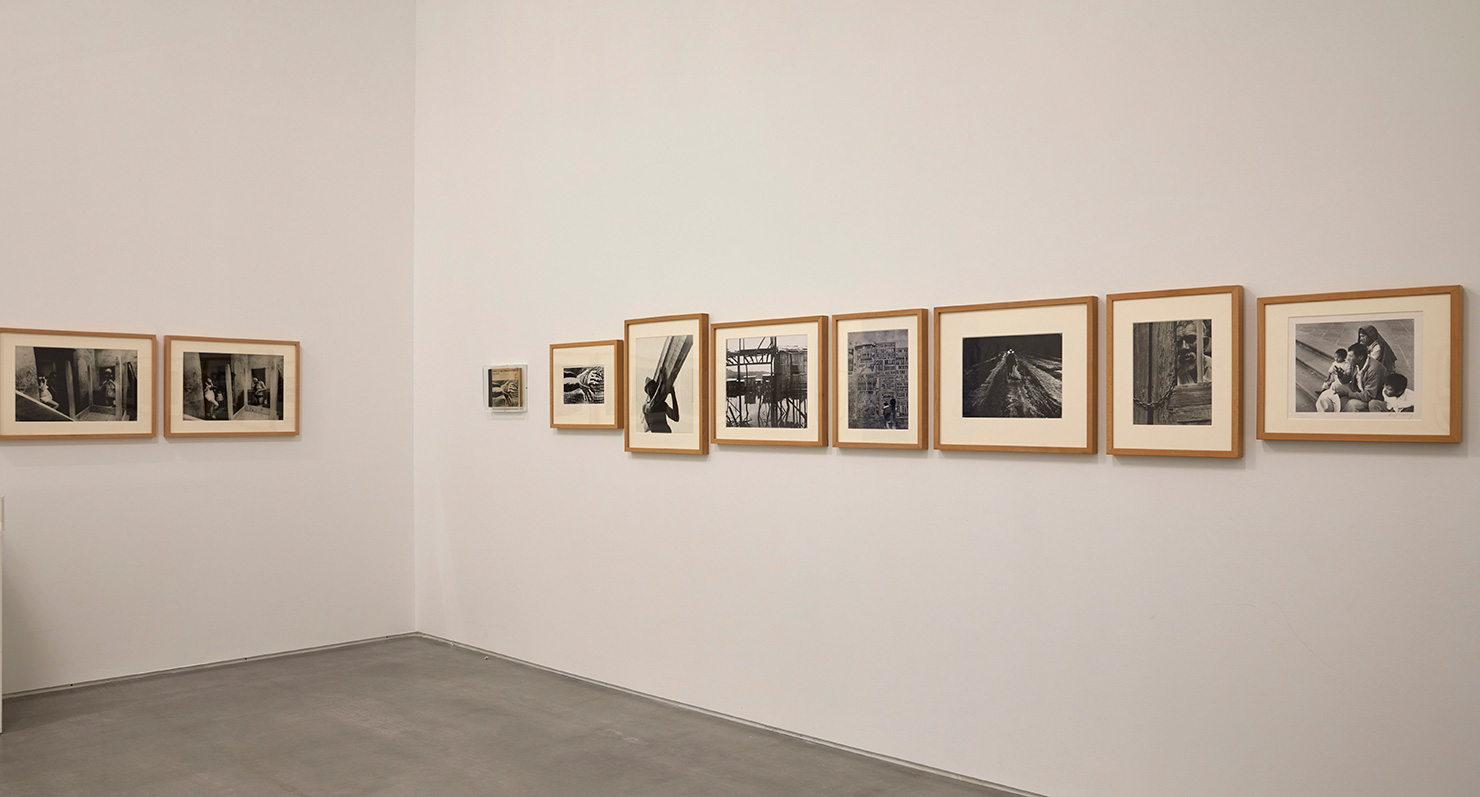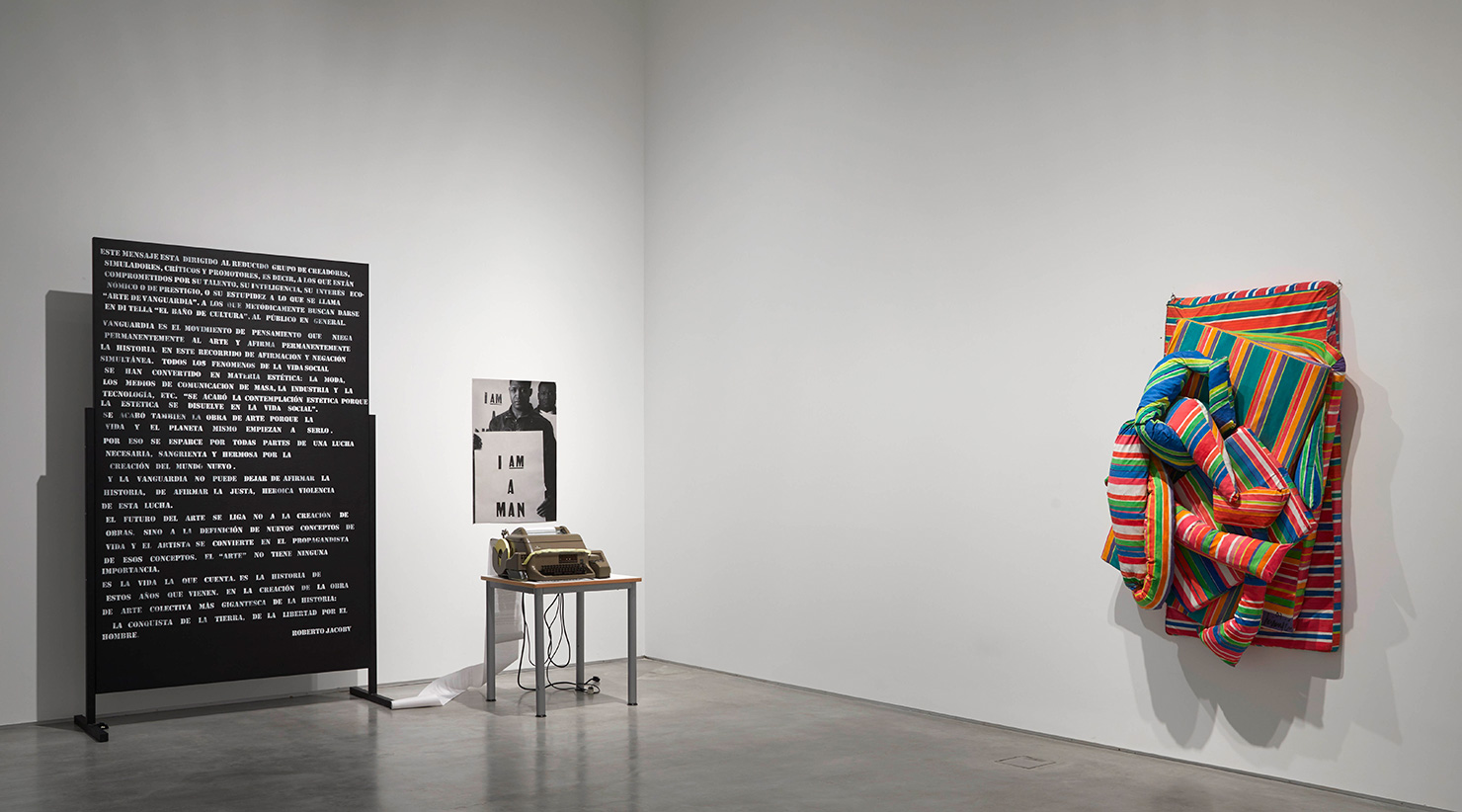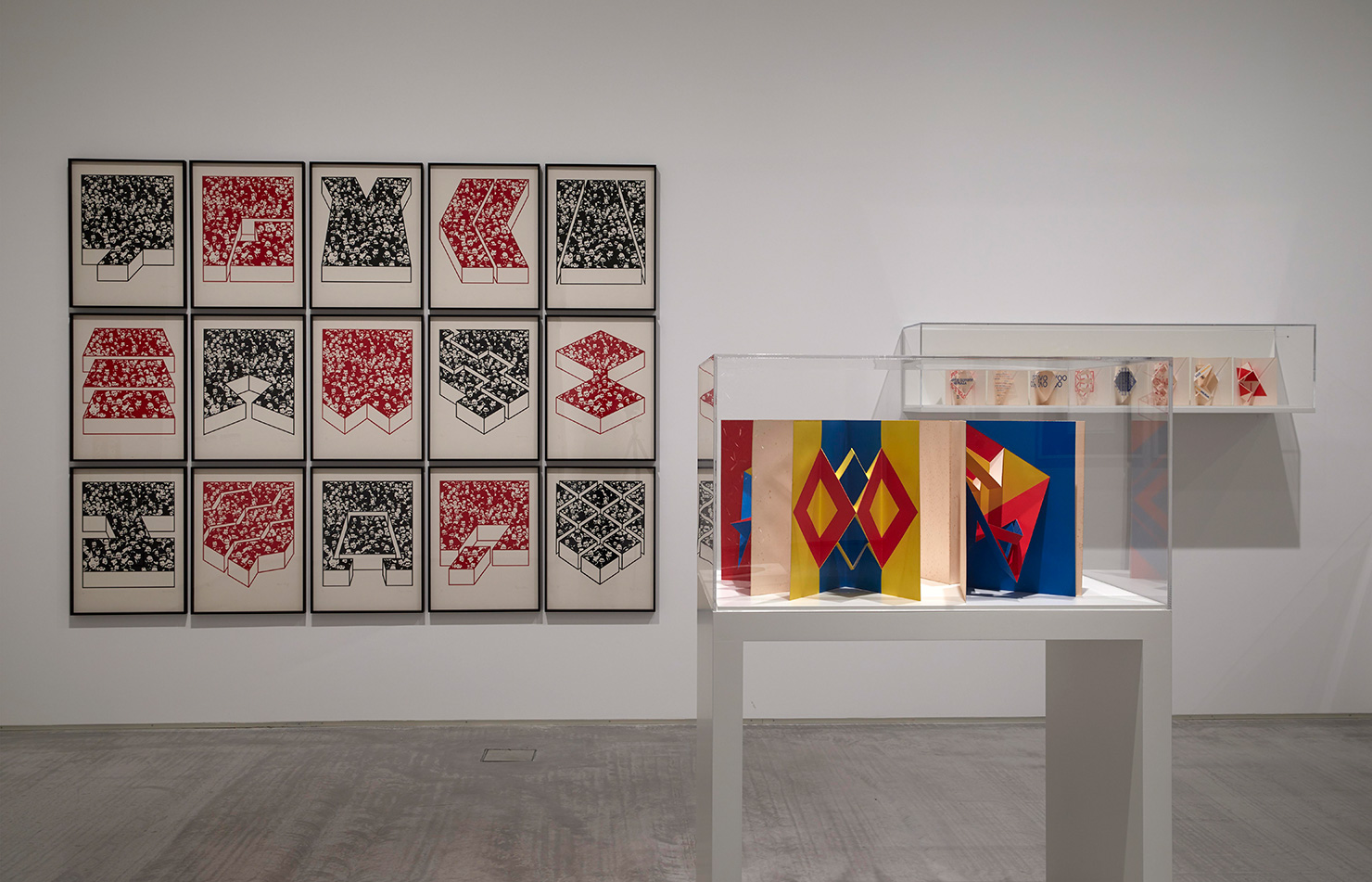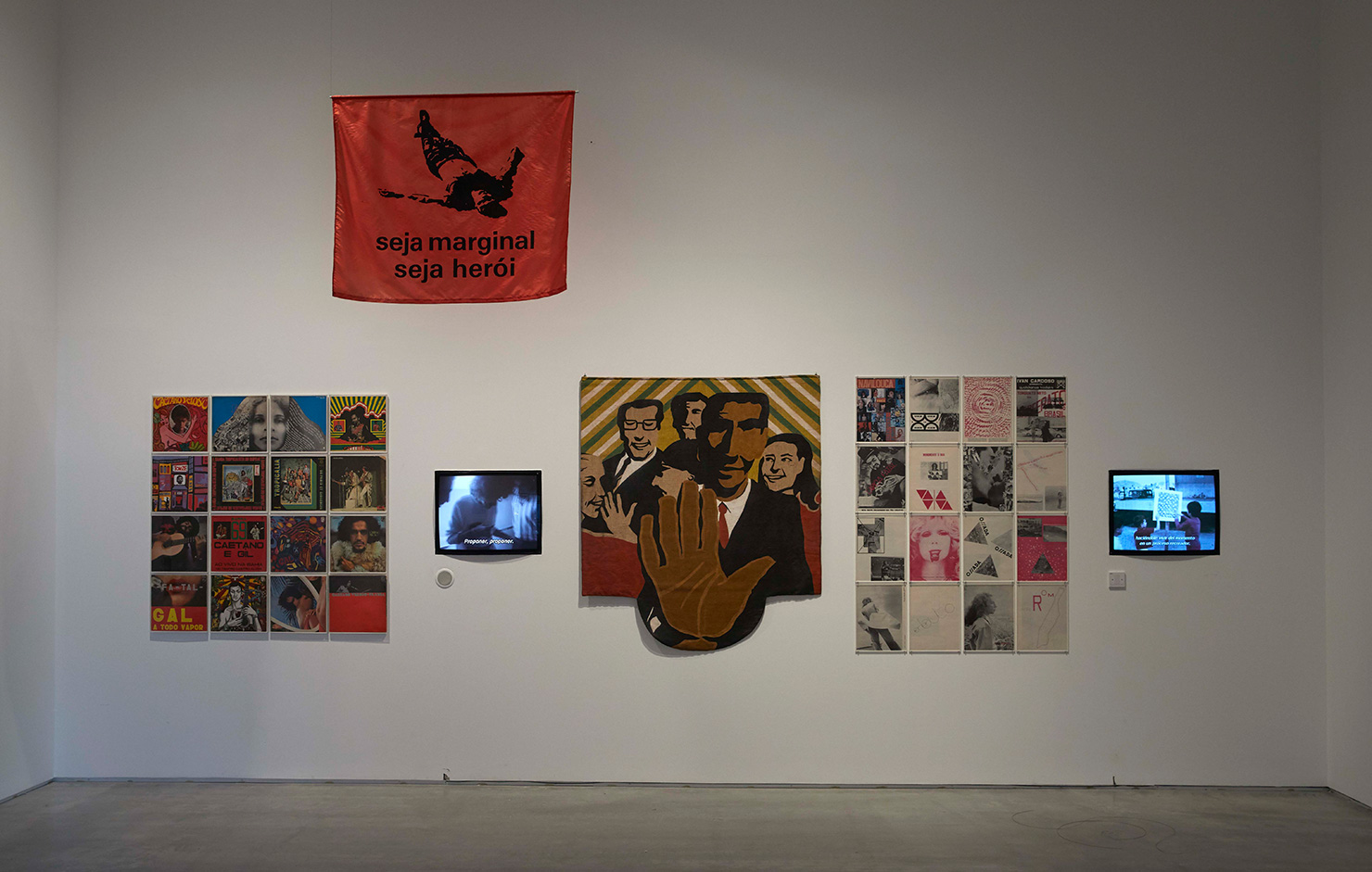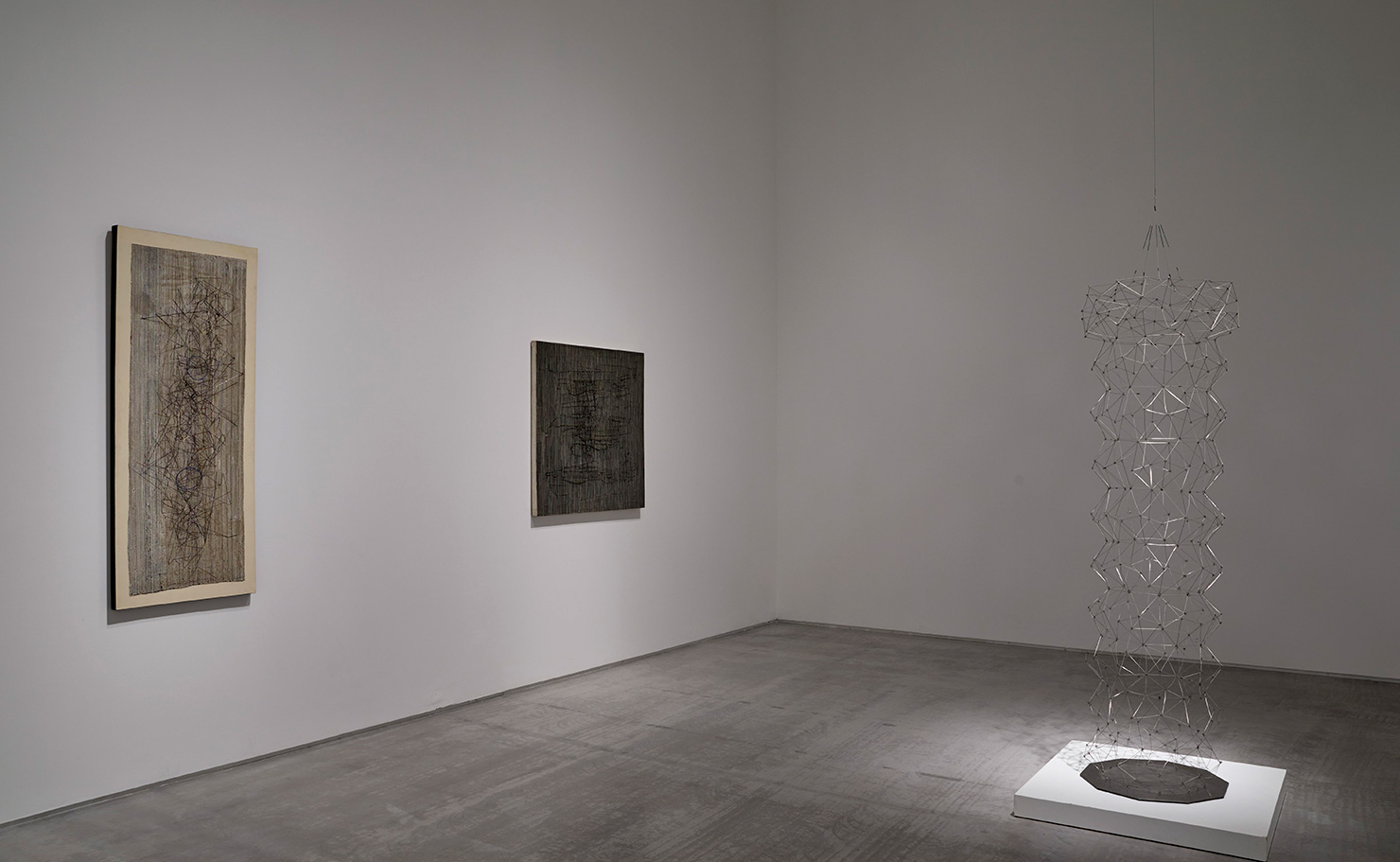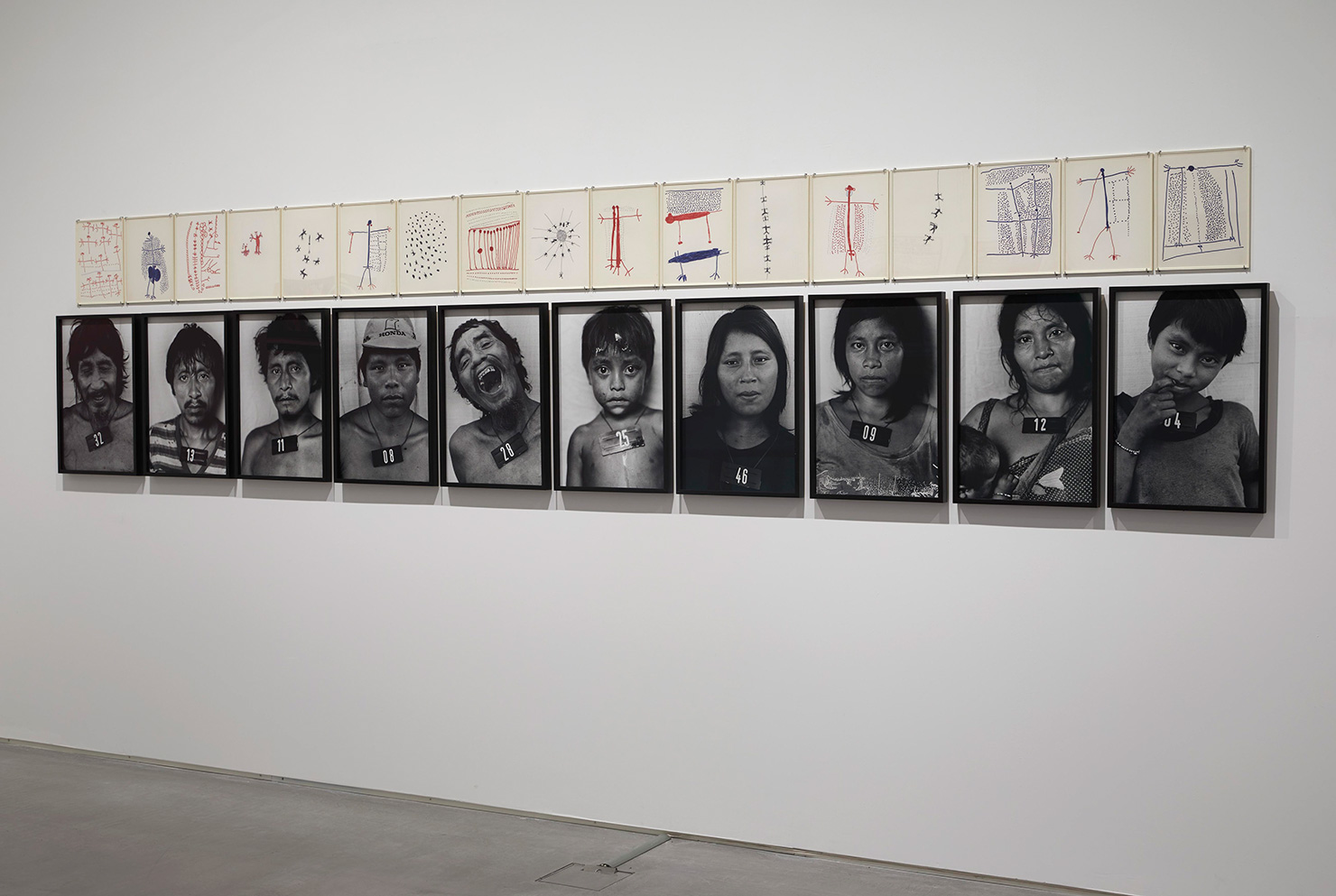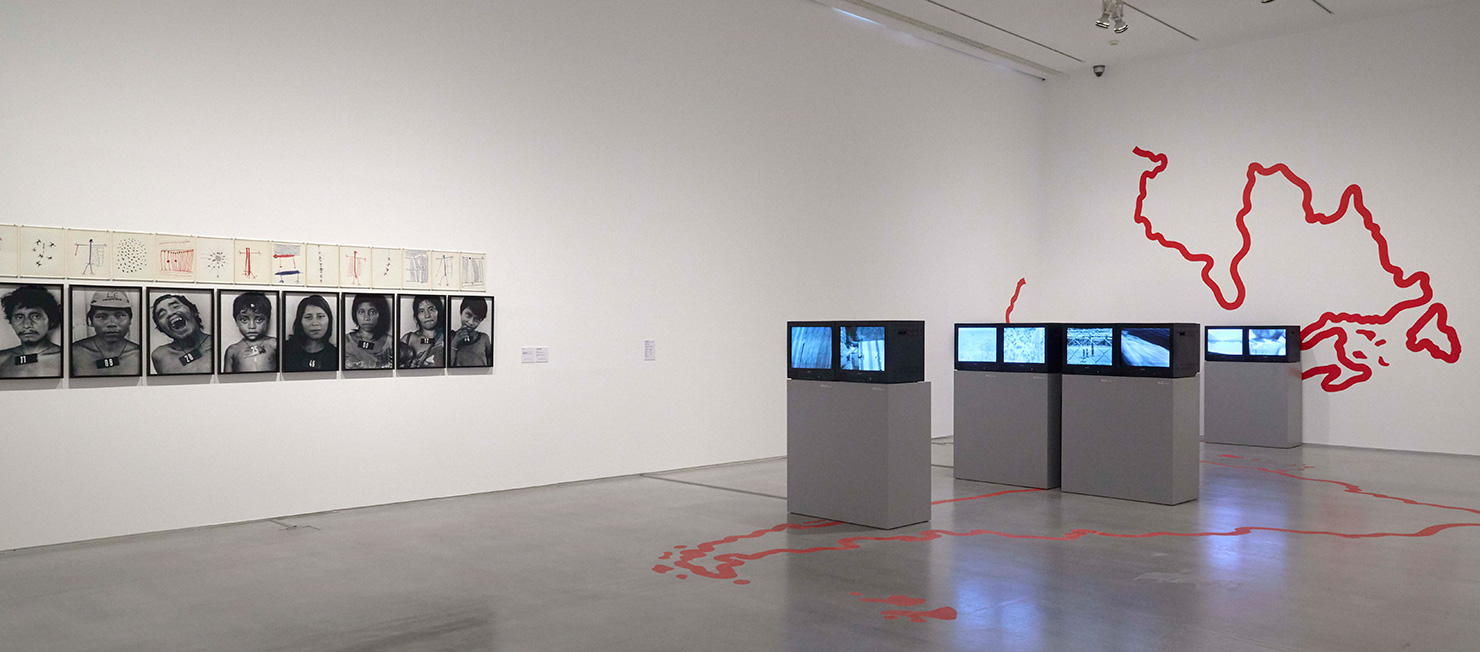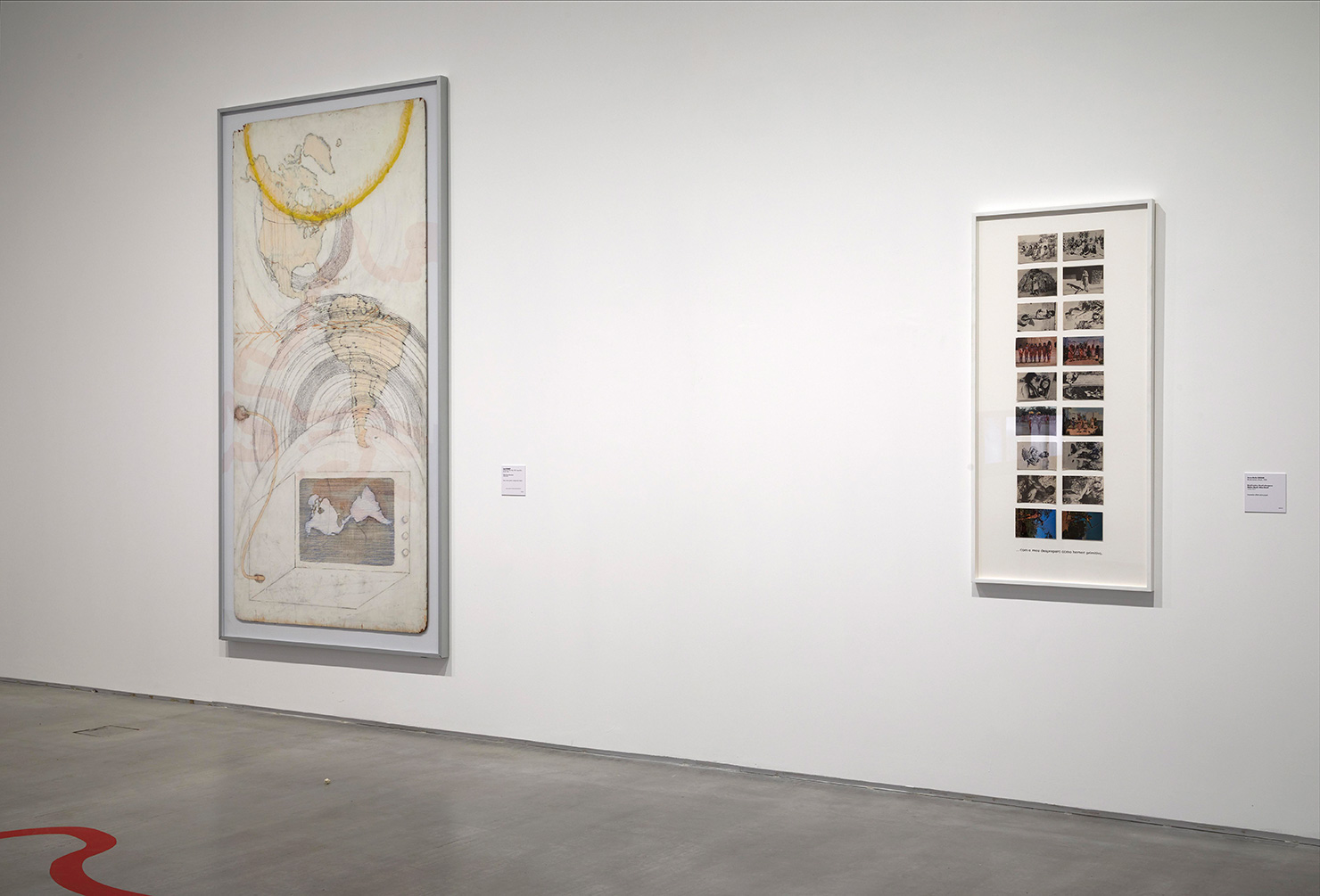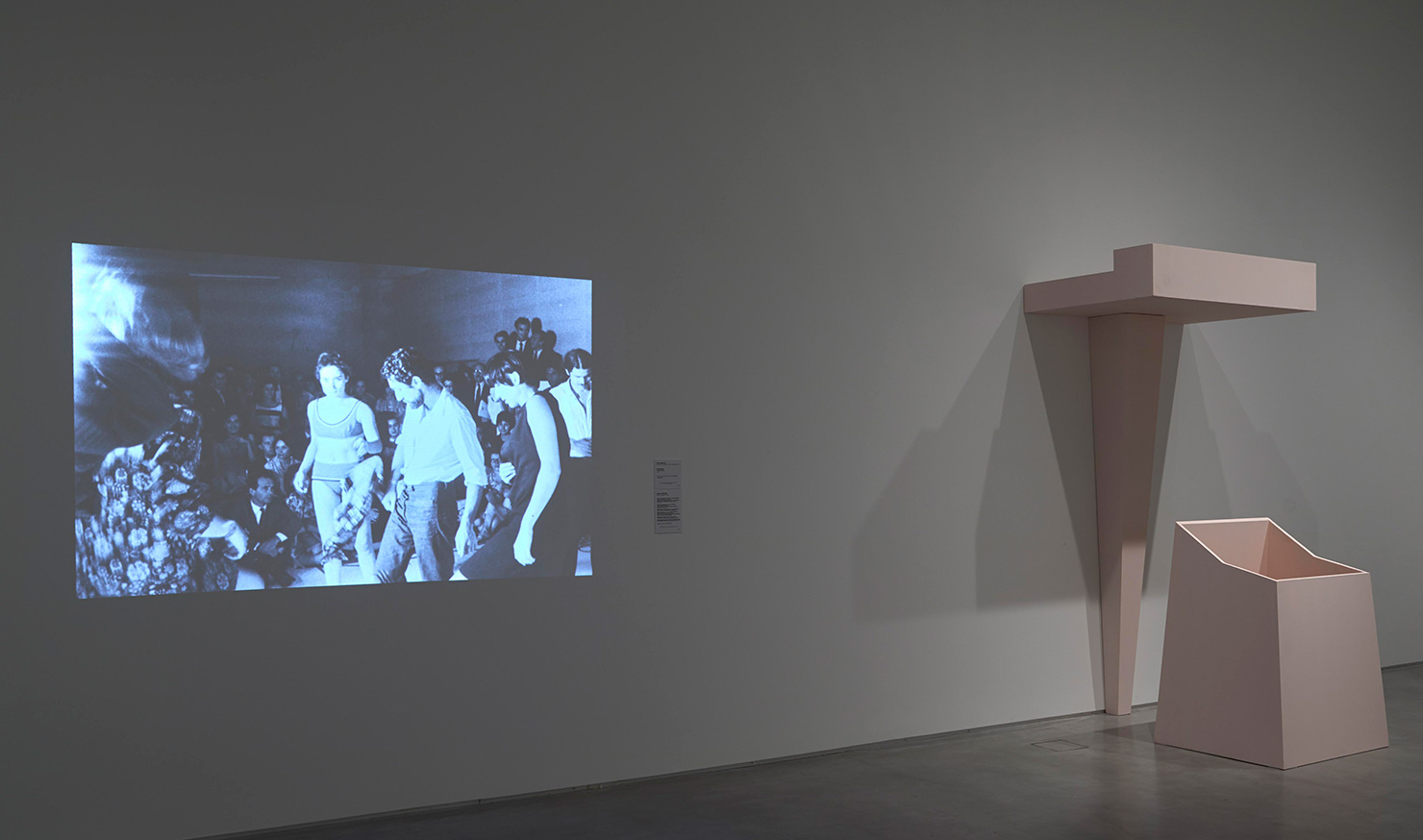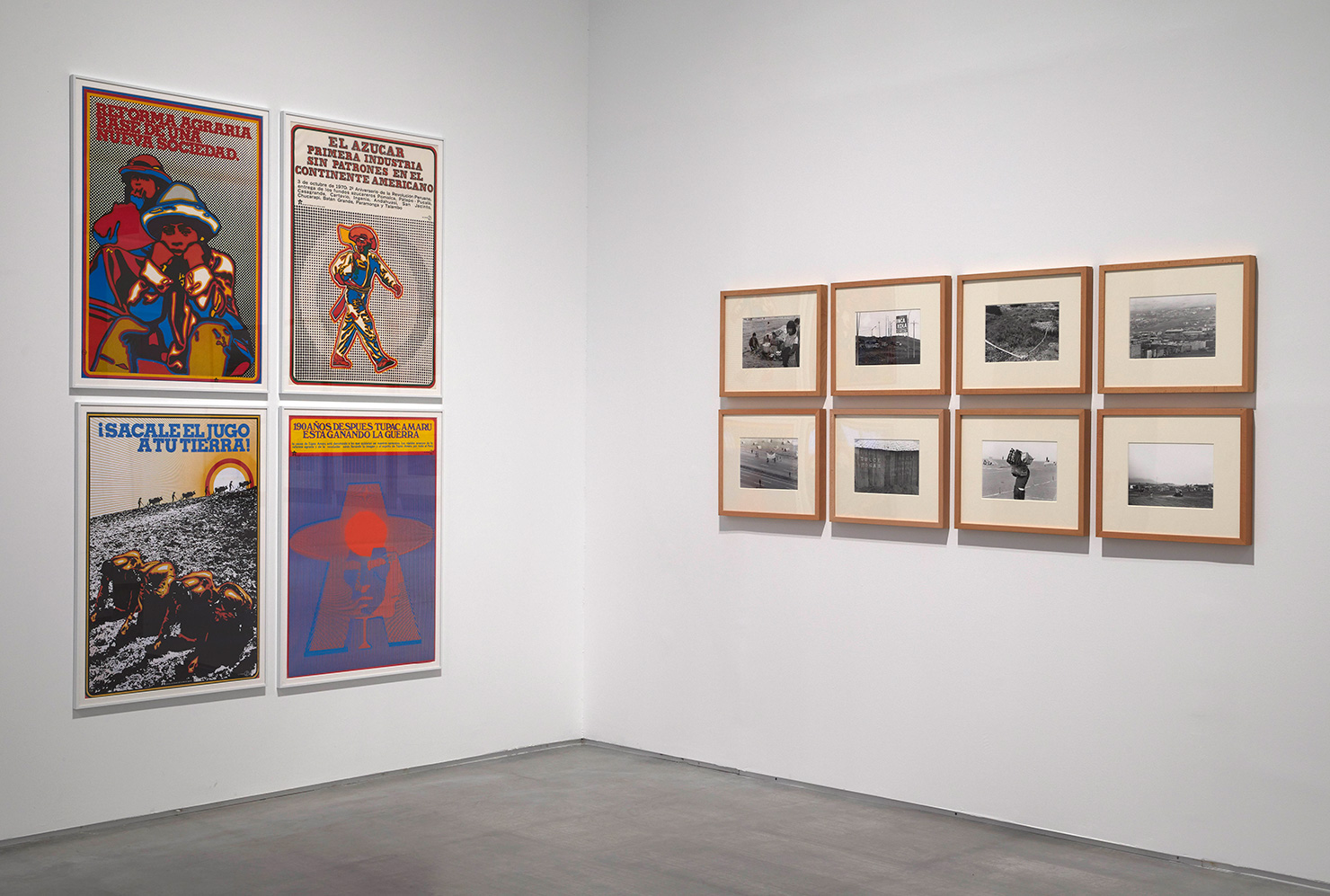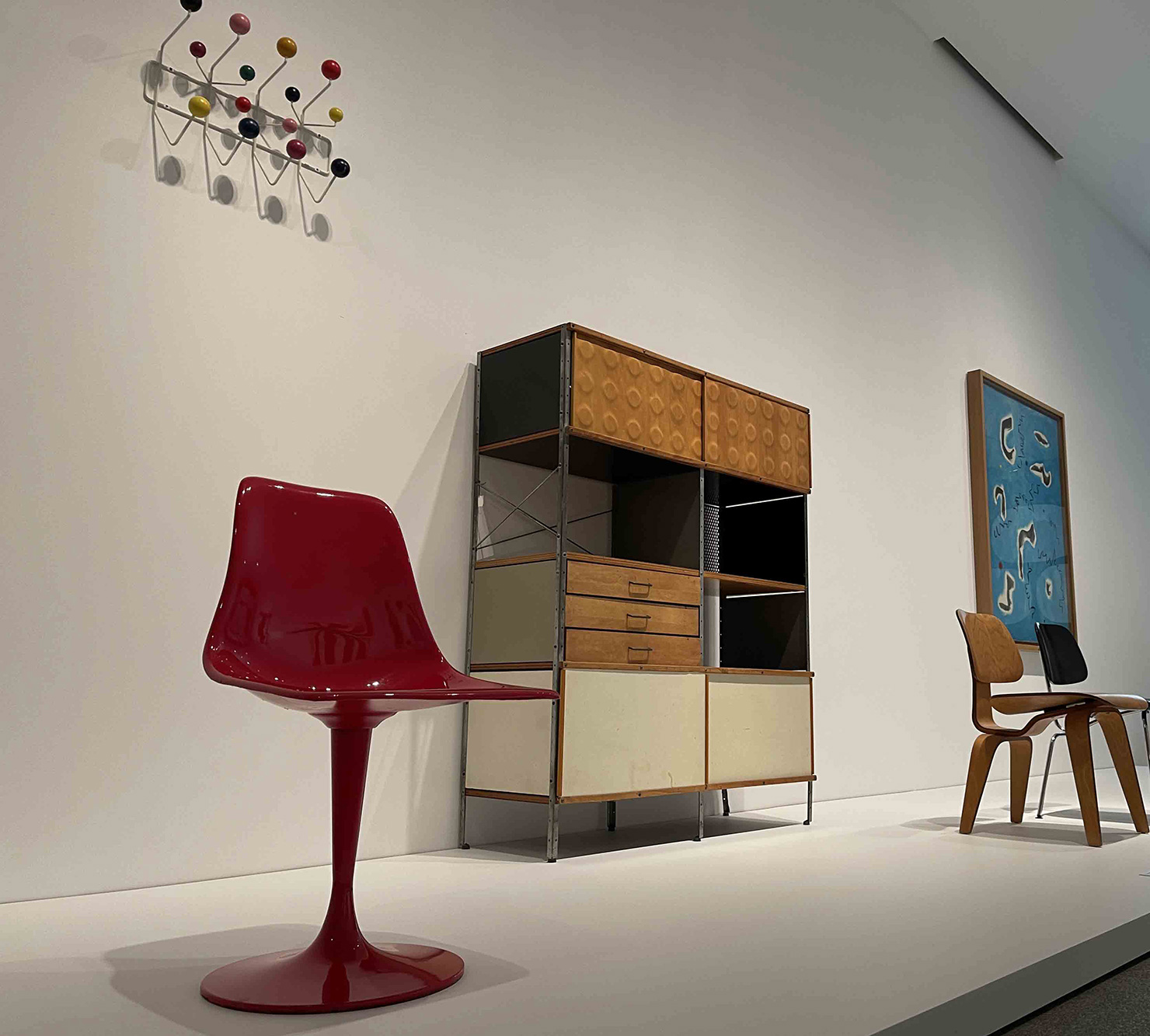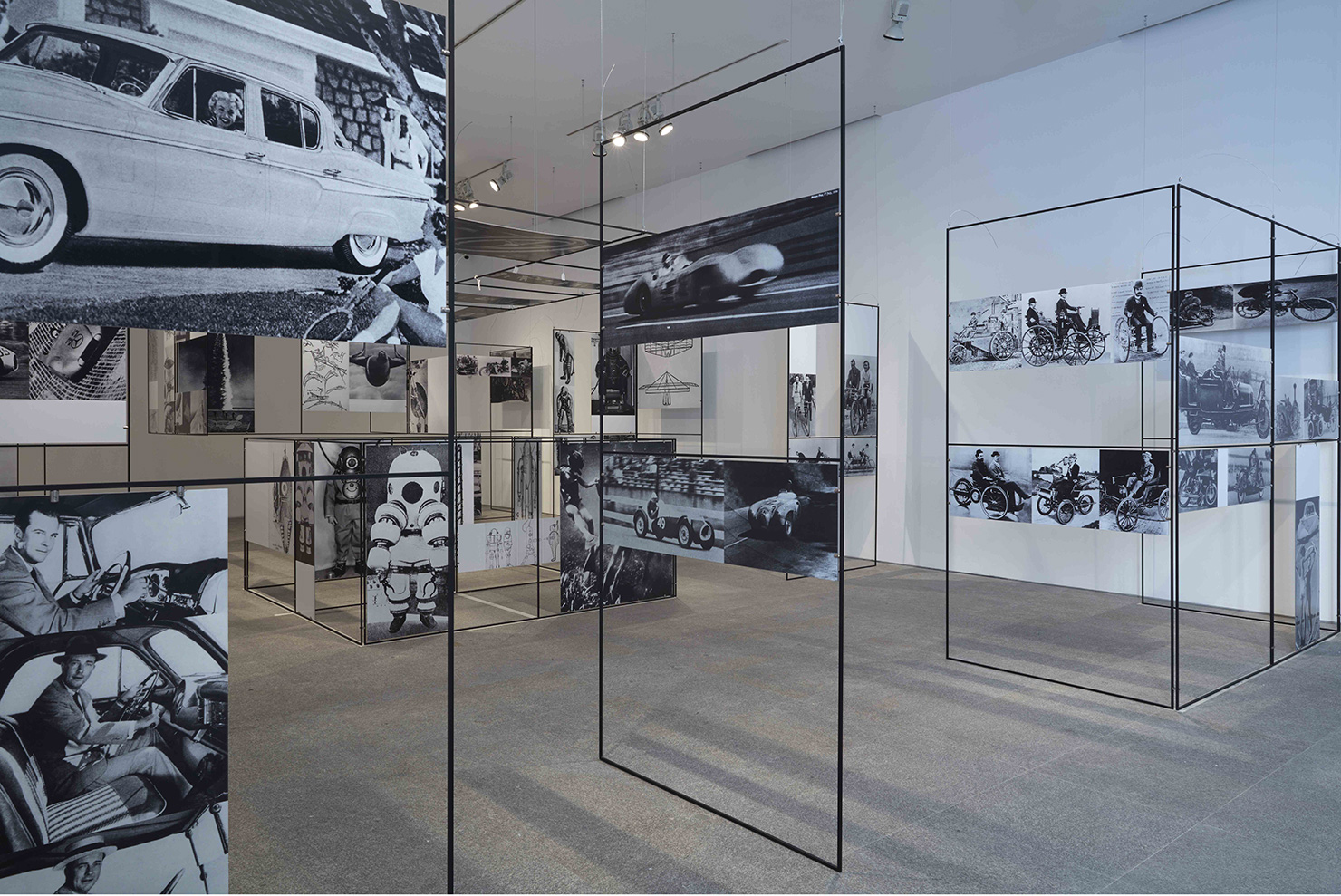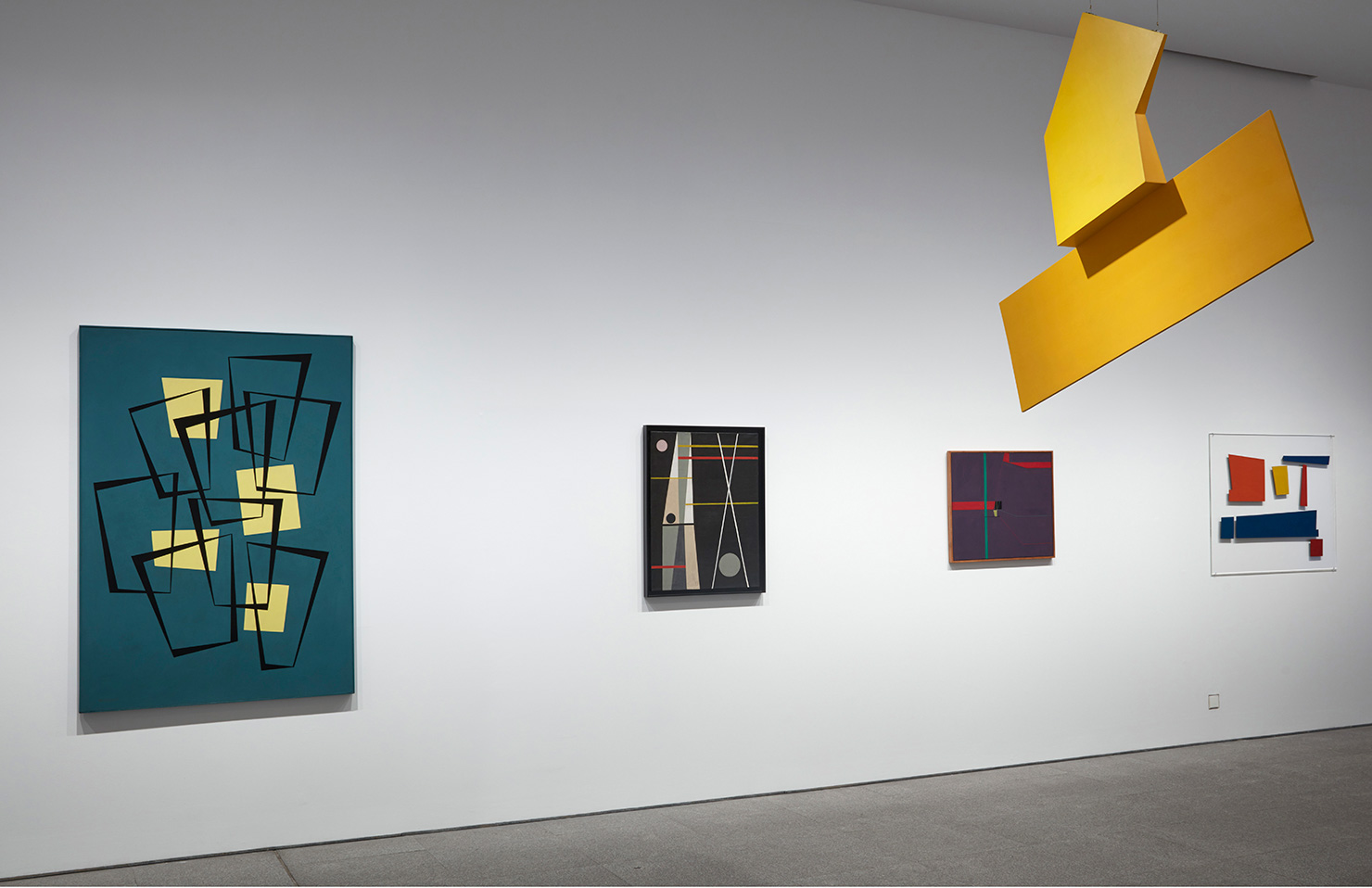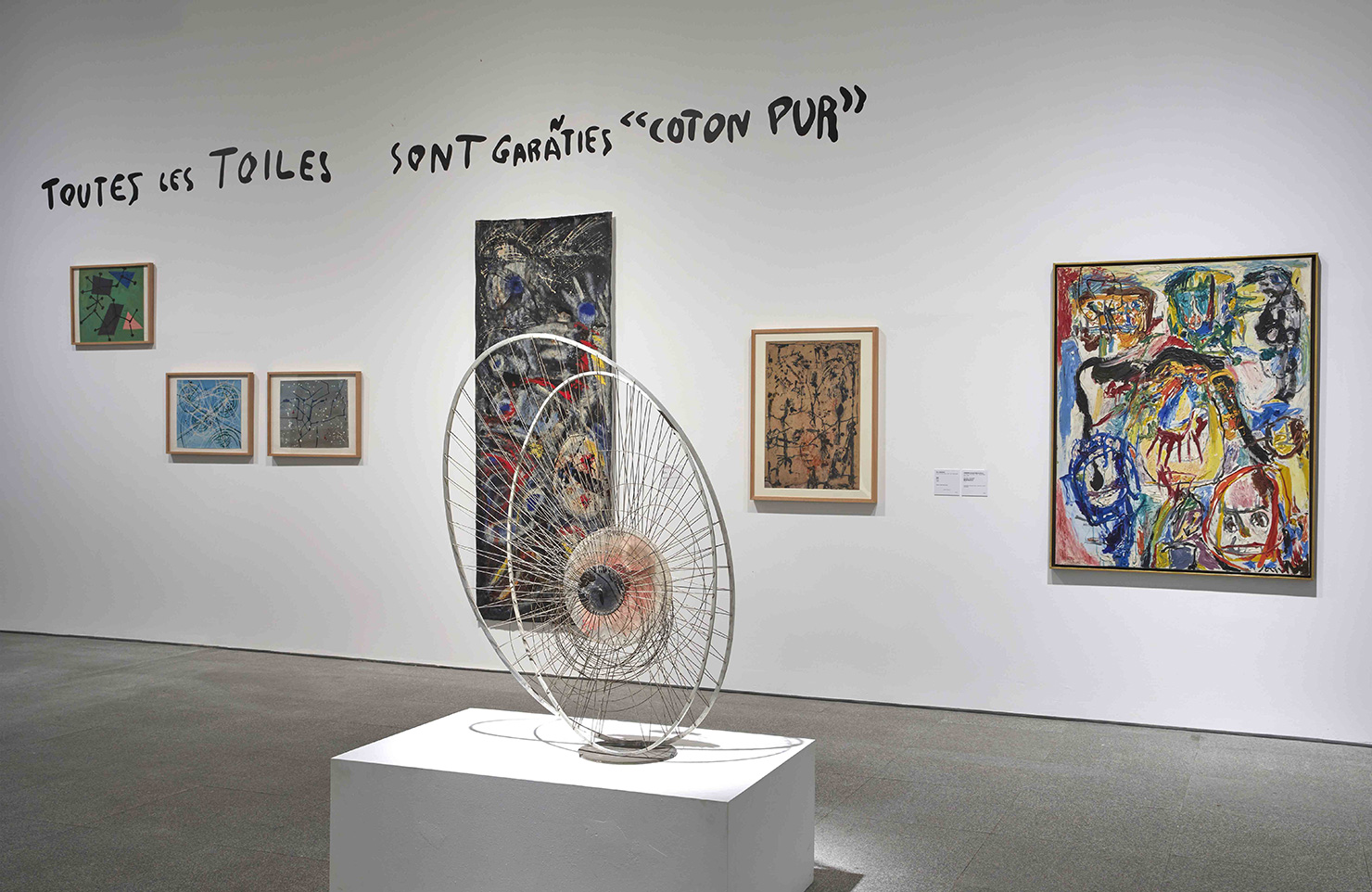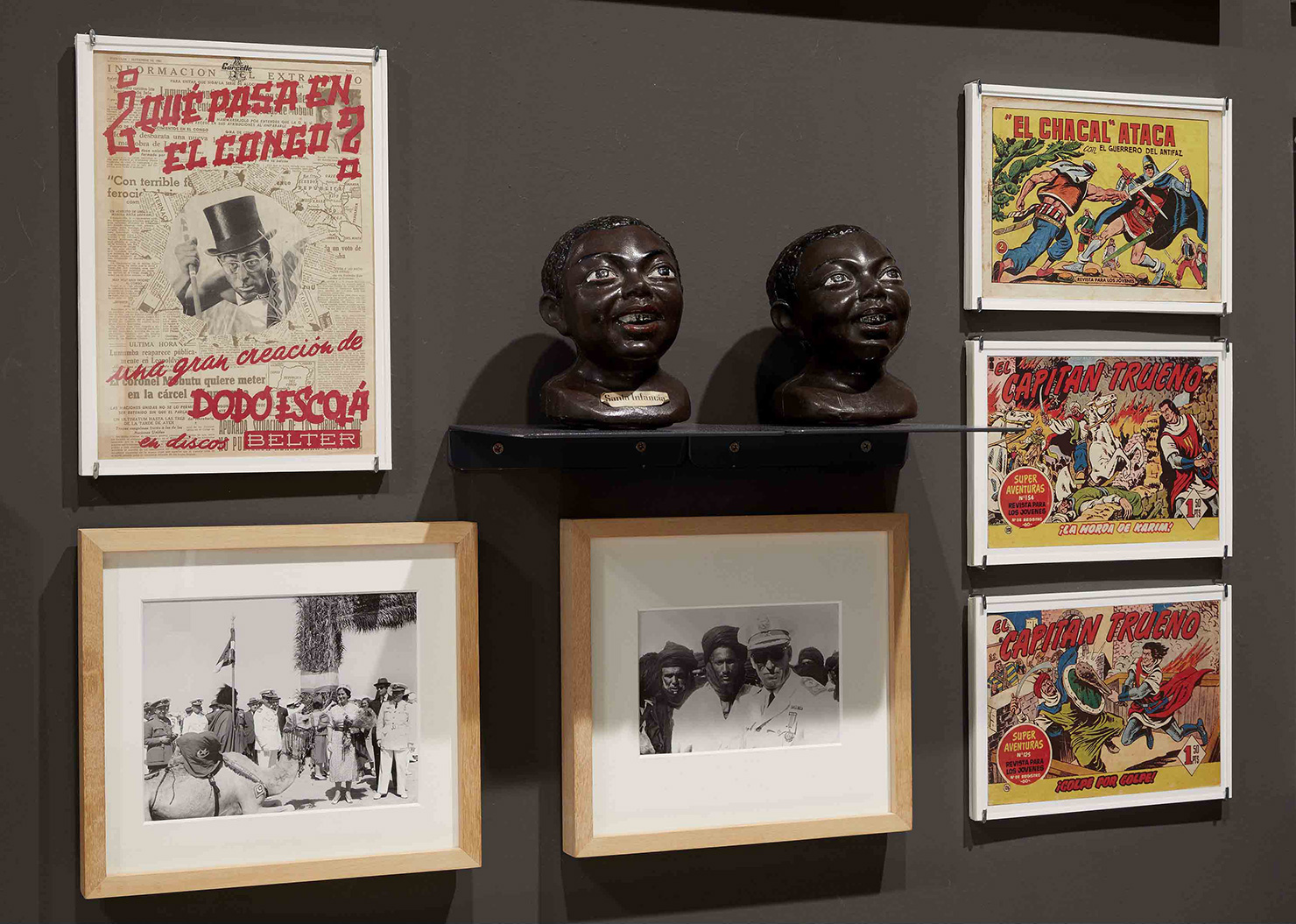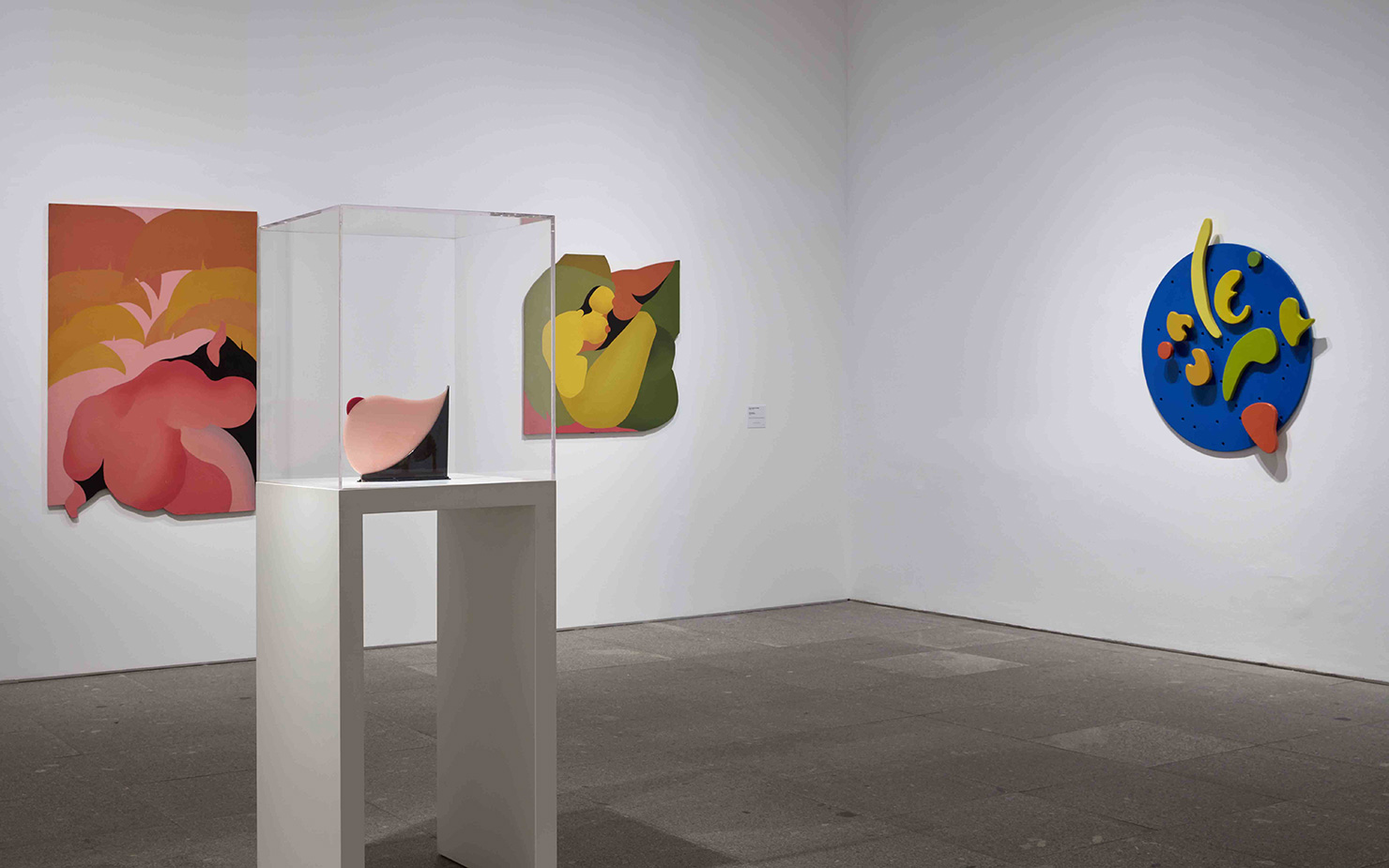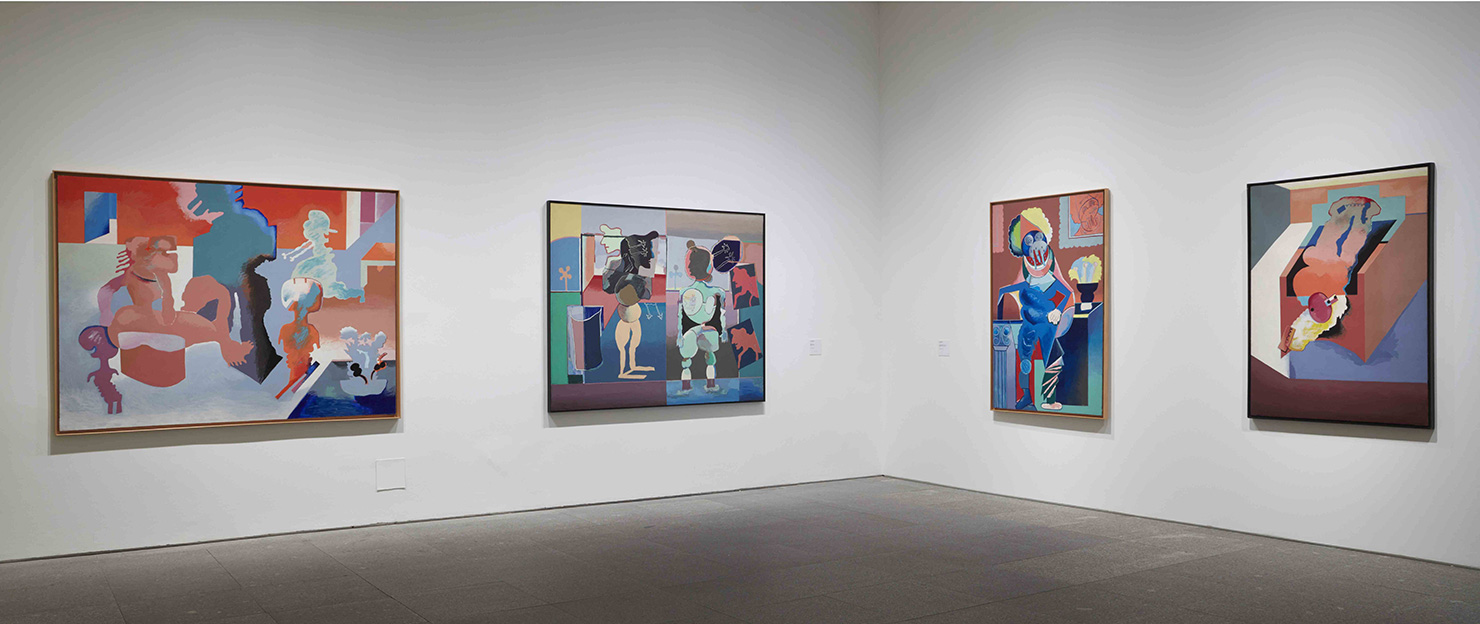ART TRIBUTE:Reina Sofía Museum Collection
 The Reina Sofía Collection includes works produced between the end of the 19th century and the present day. Today there are more than 23,000 works of art, of which approximately 5% are on display, which include all types of artistic techniques: around 4,000 paintings, 1,600 sculptures, 3,600 drawings, 6,000 graphic art works, 4,800 photographs, 140 installations and 70 video installations, some 450 pieces of film and video, and more than 230 pieces of decorative arts and architecture.
The Reina Sofía Collection includes works produced between the end of the 19th century and the present day. Today there are more than 23,000 works of art, of which approximately 5% are on display, which include all types of artistic techniques: around 4,000 paintings, 1,600 sculptures, 3,600 drawings, 6,000 graphic art works, 4,800 photographs, 140 installations and 70 video installations, some 450 pieces of film and video, and more than 230 pieces of decorative arts and architecture.
By Dimitris Lempesis
Photo: Museo Reina Sofía Archive
The Museo Reina Sofía’s Collection new dpresentation opens its doors. Throughout its still short history several partial rearrangements have taken place; some were limited to certain rooms while others offered new angles regarding artists or periods. Visitors will now be able to enjoy this new and comprehensive approach, which embraces the entire museum collection, and includes art from the end of the 19th century to the most recent. The result is the fruit of many years of research and has entailed the work of almost all of the Museum’s departments. The new collection, consisting of some 2,000 artworks, is grouped in different spaces and spread over more than 12,000 square metres. Around 70 percent of the artworks have never before been displayed in the Museum. Many of them have become part of the collection in the last 8 years as a result of donations, acquisitions and deposits. Their integration into the collection has made it possible to examine new themes—the current nature of emigration, colonialism, ecology, the 15-M movement* and gender identity, among others. The representation of women has been significantly expanded, the role of photography and film has been enhanced via the inclusion of hundreds of videos and photos, and architecture has now a place within the Museum’s discourse. Instead of following a chronological order, artworks are presented and grouped thematically, accompanied by considerable bibliographical and archival documentation. Located on Sabatini building’s second floor, a first section delves into the historical moments—between the end of the 19th century and the first quarter of the 20th century—from which artistic avant-garde movements emerged. The fourth floor offers a glimpse into the complex context in which both the creators who remained in Spain and those who went into exile as a result of the Spanish Civil War lived, as well as the contributions made on the cultural and artistic landscape between 1939 and the 1950s, within Spain and abroad. This floor also presents a novel interpretation of the context of art and culture at a time when—after World War II—the United States consolidated its position as the world’s leading power and tried to spread, with varying results, its cultural dominance beyond its borders. Another section, located in Nouvel’s building first floor, brings together art produced in Latin America between 1964 and 1987 and its relationship with Spain, giving an account of the new and influential artistic practices that developed at that time. Jean Nouvel’s building ground floor explores a pivotal moment in the 1980s, marked by the exhibition documenta held in Kassel in 1982, when many key figures for understanding contemporary art emerged. Sabatini’s building ground and first floors delve into the art from the 1990s to today, with a focus on collaborative practices and the reclaimed public spaces and monuments beyond their condition of being merely vestiges of the past. Ecology is another of the themes presented here, along with elements linked to the social struggles that took place to defend public services, the right to housing and opposition to austerity measures.
Episodes1-4:
Avant-garde Territories. City, Architecture and Magazines: Modernity is related to the evolution and consolidation of the city, which would become the topos of its thought. Paris, Madrid and Barcelona were at once art’s centres of production and its stages, and at the dawn of the twentieth century cities’ growth and modernisation via urbanism and architecture brought about major social and cultural change. Thus, the newest art left behind official spaces to search for different forms of dissemination and communication in galleries, small exhibitions, publications and magazines, the new spheres of encounter and discussion that shaped modernity. In the 1930s, owing to the social and political events that took place across the decade, many artists took a public stance and turned not just art but also its locations into places of transformation. More than ever, the city would be recast into a framework for art to be presented.
The Lost Thought: While victory in Spain staged a return to order and signalled the start of years of isolation and repression, the ships crammed with Spanish exiles reached the new continent in a journey harking back to the Conquest of the Americas. For many artists, exile became a chance to question categories of thought and contribute to culture’s most radical experiences and discourses. The Cold War, aware of culture’s power, used exhibitions to redesign a new geopolitical setting, while artists and collectives upended their mechanisms to turn them into a form of resistance. From the 1960s, Spain’s entry into a new economic and political stage that embraced the pomp of XXV años de paz (25 Years of Peace) would fail to convince exiles or the Anti-Franco collectives gaining momentum.
Campo cerrado Double Exhibition: Art and Cold War: While victory in Spain staged a return to order and signalled the start of years of isolation and repression, the ships crammed with Spanish exiles reached the new continent in a journey harking back to the Conquest of the Americas. For many artists, exile became a chance to question categories of thought and contribute to culture’s most radical experiences and discourses. The Cold War, aware of culture’s power, used exhibitions to redesign a new geopolitical setting, while artists and collectives upended their mechanisms to turn them into a form of resistance. From the 1960s, Spain’s entry into a new economic and political stage that embraced the pomp of XXV años de paz (25 Years of Peace) would fail to convince exiles or the Anti-Franco collectives gaining momentum.
The new collection includes artworks made among many others by: Francis Bacon, Rosa Barba, Louise Bourgeois, Georges Braque, Marcel Broodthaers, Miriam Cahn, Alexander Calder, Lygia Clark, Salvador Dalí, Sonia Delaunay, Dora García, Leon Golub, Luis Gordillo, Maruja Mallo, Marta Minujín, Joan Miró, Antoni Muntadas, Juan Muñoz, Helio Oiticica, Pablo Picasso, Ángeles Santos, Cindy Sherman, Lorna Simpson, Hito Steyerl, Dorothea Tanning, Antoni Tàpies and Remedios Varo.
* The anti-austerity movement in Spain is also referred to as the 15-M Movement and the Indignados Movement, was a series of protests, demonstrations, and occupations against austerity policies in Spain that began around the local and regional elections of 2011 and 2012. First starting on 15/5/2011, many of the subsequent demonstrations spread through various social networks such as Real Democracy NOW and Youth Without a Future
Info: Museo Nacional Centro de Arte Reina Sofía, Calle de Santa Isabel, 52, Madrid, Spain, https://www.museoreinasofia.es
